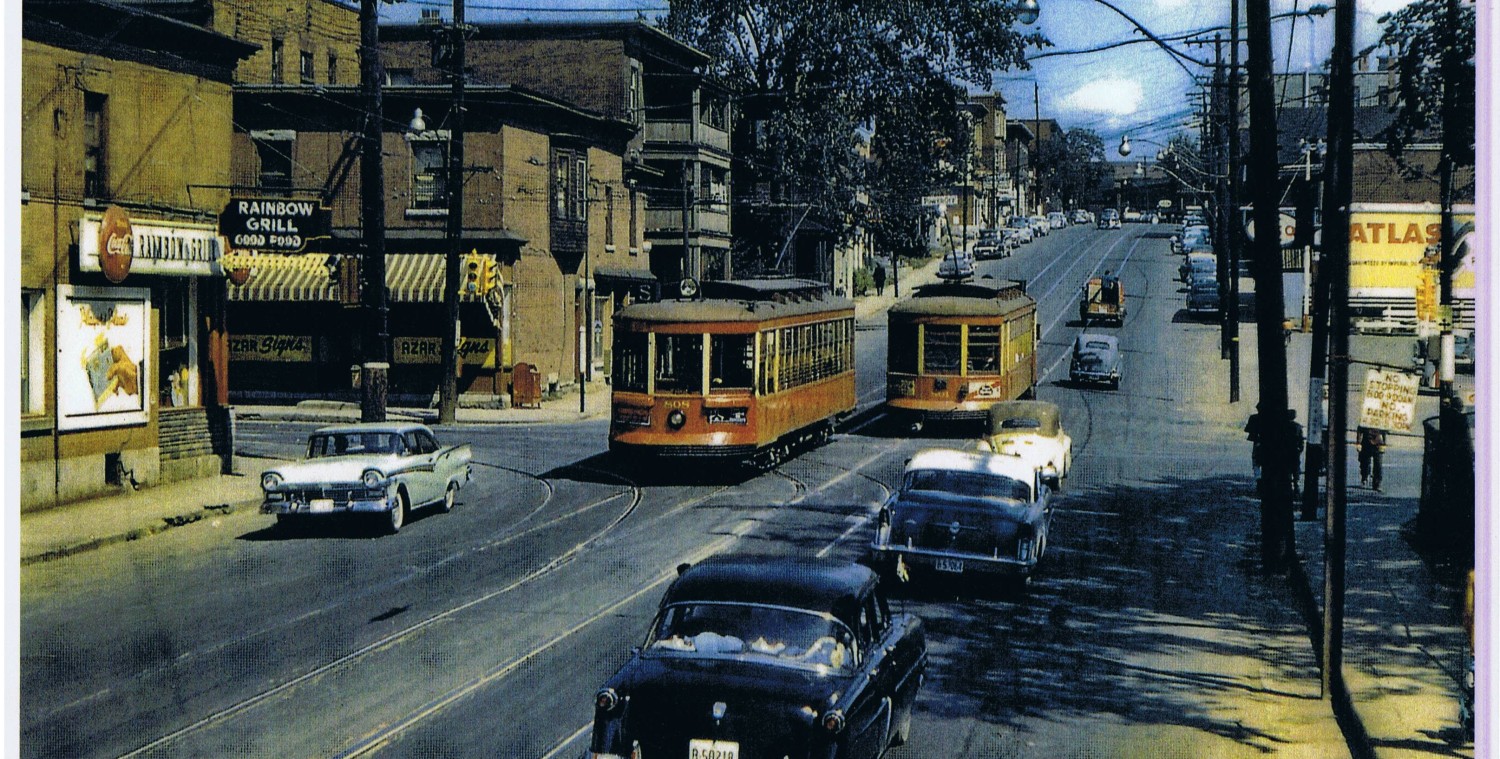The old transitway viaduct near Bayview Station is being converted to rail for the Confederation line. I was curious to see the contractor, RTG, drill holes in the jersey-barrier type concrete sidewalls along the roadway.
They used the holes as handles to lift up the concrete side walls and take them away. Probably they are severely compromised by salt damage, as were the steel underpinnings of the transitway bridges whose lives were so expensively shortened by corrosion (see https://www.westsideaction.ca/in-rust-we-trust/) A real life morality play about cheapness coming back to bite …. **
So, here is a picture from the transitway err, LRT viaduct sans concrete side walls on the right side; they are still visible on the left side:
(city photo shows the former transitway surface on the viaduct)
The city will replace the concrete walls with chain link fence.
My first thought is that the walls probably reduced noise transmission from the buses. Three sources of noise are engines, tires-on-pavement (esp. if wet), and movement through the air. I suspect for the LRT, the main noise source would be the steel wheels on steel rails. Are concrete side walls well located for wheel noise? I recall the city offered to add low walls to reduce wheel noise along portions of the Trillium Line where there were adjacent homes .
The city says: The noise impact of the vehicle in operation was looked at during the EA and there was no impact on adjacent amenity areas.
That, of course, doesn’t say there won’t be any noise, or that the noise from the steel wheels on rails sans walls will be the same or less than the noise of rubber tires on asphalt with side walls. Engineers measure sound in decibels, on a logarithmic scale. I’d prefer results expressed as a percentage louder or quieter than the busway.
In the case of the viaduct approaching Bayview Station, the tracks face housing on both sides. Residents on the south side of the viaduct have been voluble in protesting the 2000 buses a day on Scott, on grounds that included noise.
In some places, the rails are attached to the ties with rubber pads between the two, to absorb noise and reduce vibration. In the picture below, the black rubber pad is barely visible. The contractor has various noise-abatement measures at their disposal. Will there be rubber pads along the elevated viaduct?
The picture also shows the rail being held with a clip design that also reduces the transfer of vibrations to the tie.
Removing the side walls will reduce the apparent height of the viaduct, which might be a benefit to someone.
Next: did the walls offer safety benefits?
_________________
**Mind, I don’t think politicians yet think in terms of capital cost plus maintenance cost, as the maintenance cost is tomorrow’s problem and they’ll be gone to more rewarding pastures by then. Indeed, I think many things built under our infrastructure “stimulus” funding should go in the liability column rather than the assets column.







Predicting vehicle noise and especially wheel/rail noise can be a bit of a black art.
I do however note less noise seems to be heard OVERALL from LRT than from busways, due to .low or absent engine noise (electric motors).
One of the noisier things of rail travel is when the wheels go over the point where two rails meet. To combat this the rails can be Thermite welded together in order to create a single rail. This reduces the noise but you lose a bit of give for the expansion and contraction due to changes in the temperature.
The city posted video on YouTube about how they weld the rails together.